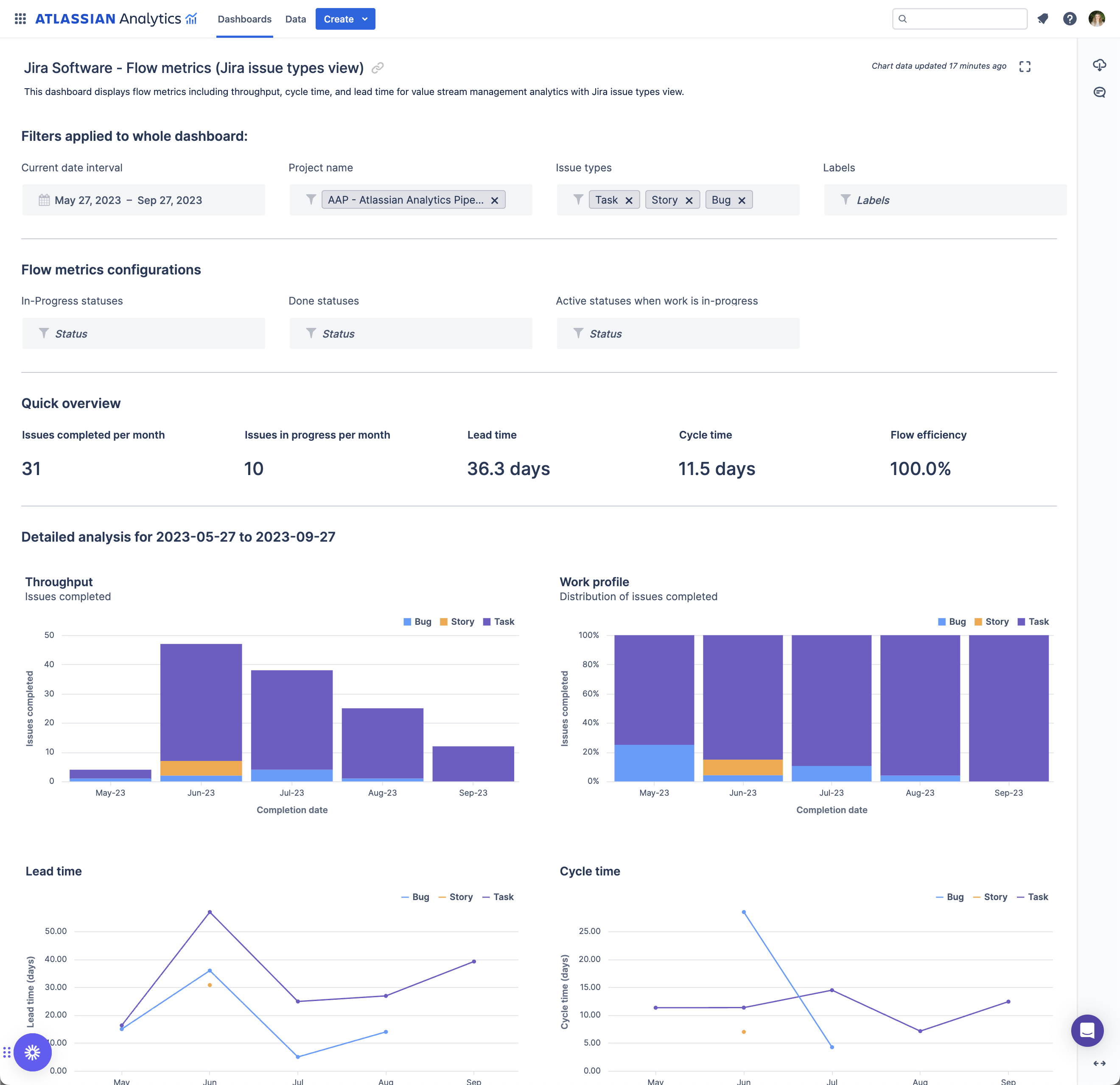As a software leader, it can be difficult to provide executive teams with concrete evidence to show that company objectives and OKRs are being met. This can lead to a great deal of miscommunication between the two entities and result in a lack of trust between executives and software teams.
In his session at {virtual} VSMcon 2022, Adam Dahlgren, SVP of product at Allstacks, said this problem can now become a thing of the past if organizations properly employ value stream intelligence (VSI).
According to Dahlgren, the average organization is bogged down by complexities, which results in 51% of features being delivered late, 47% of projects being over budget, and 38% of projects failing to meet their goals.
“Imagine you’re the CTO and you’re being pressed for this alignment data… in and amongst all of this complexity, how do you show that you’re working on the things that are the most important to the business in the framing that the business wants?” Dahlgren said.
He believes that the answer is VSI, which takes all of the positive aspects of traditional value stream management but replaces the manual configuration, change management, and extended time period with machine learning, automated insights, and increased speed.
Dahlgren explained that this method works to automatically analyze data from multiple different streams and provide companies with answers in hours rather than months.
This results in an increase in data driven decision making, stakeholders alignment, value delivery, and reliability and predictability.
In Dahlgren’s slide deck, he wrote, “The VSI Intelligence layer shows the value companies should be realizing and the impacts (positive and negative) of delivering software to the business based on analysis of historical trends.”
He also stressed that with VSI there is no longer a need to request reporting because it lives in a live application. This provides executives with both proactive alerts and predictive forecasting so that the CEO can clearly set expectations for projects.
“[Lost in translation] is a solvable problem and there are modern approaches to obtaining this data and analyzing the data,” Dahlgren explained. “It can be quite easy, fast, and powerful… and that is, I think, evolving the way we can approach some of the VSM problems, especially within the enterprise.”
To watch this session on demand, click here.








